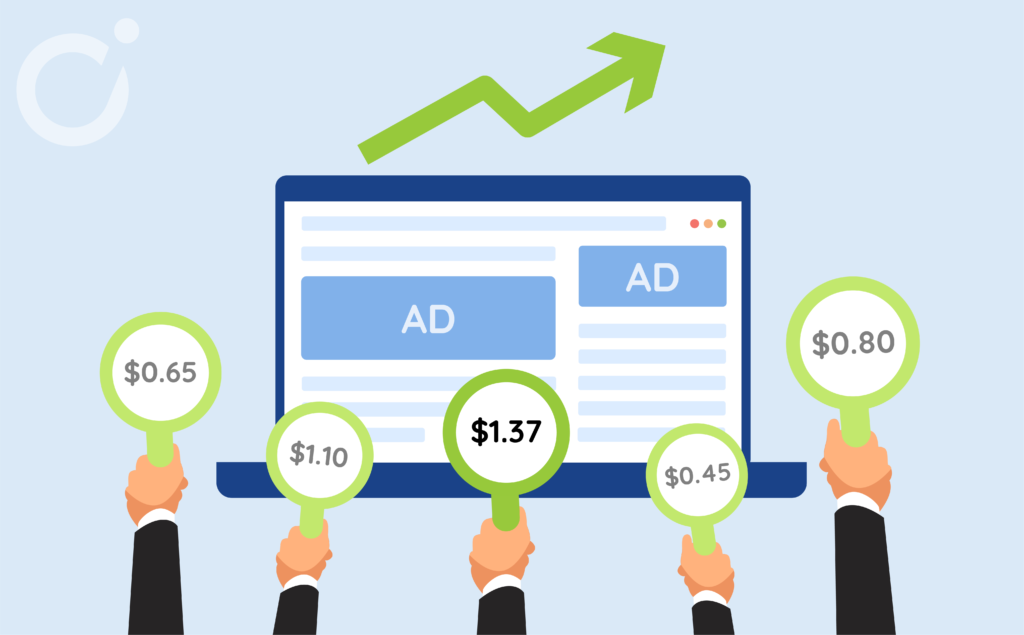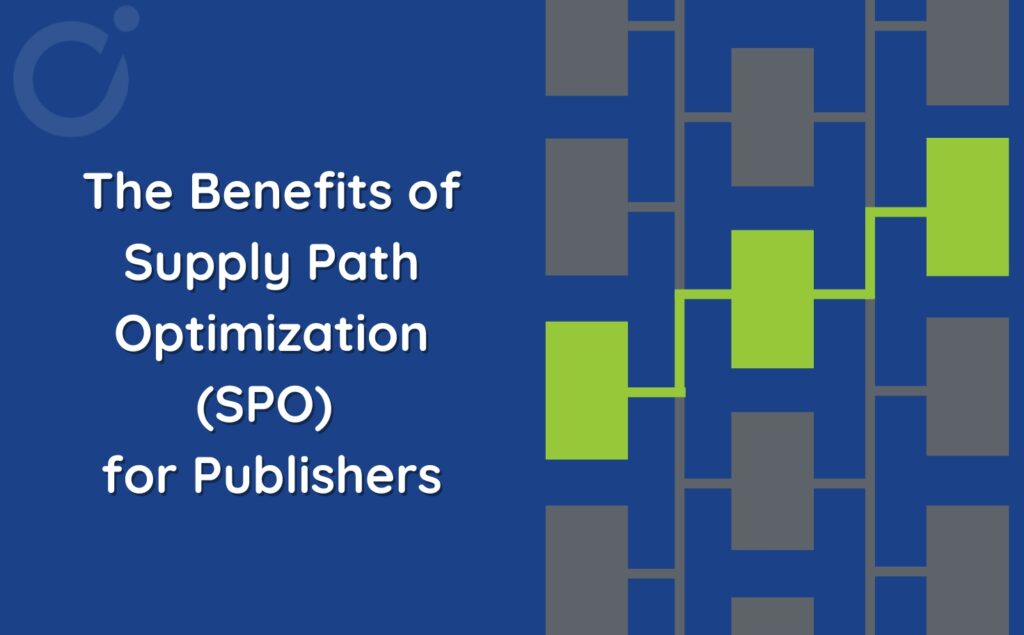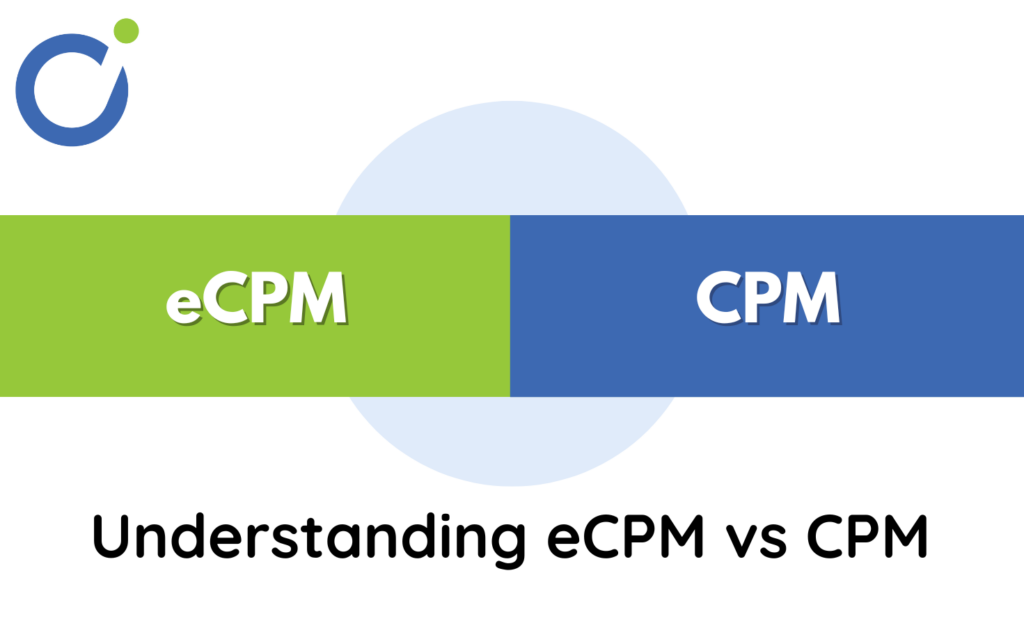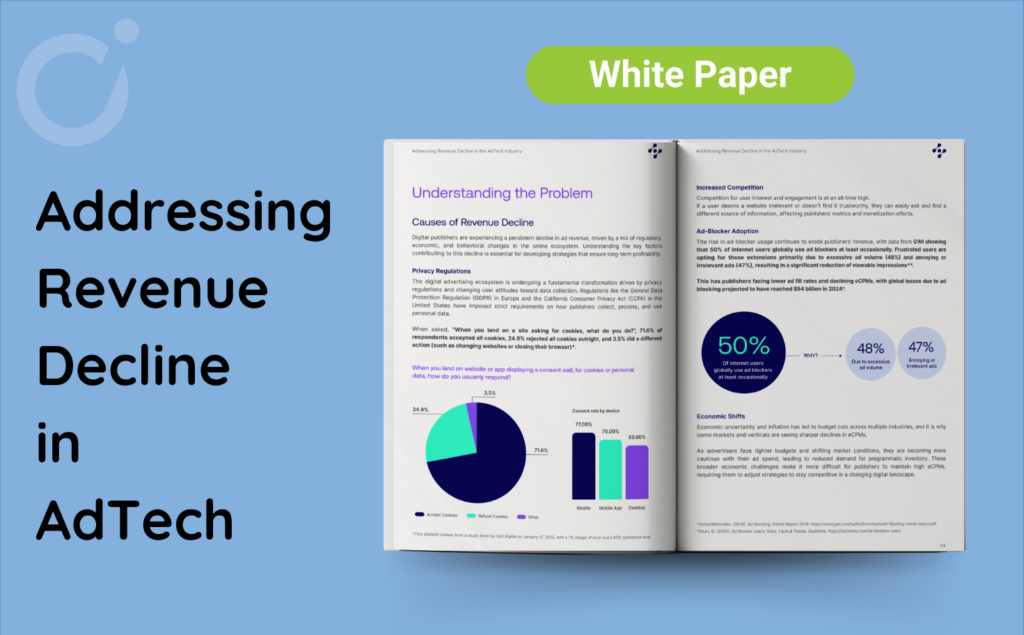Adapting to market changes in order to stay competitive and continually optimizing ad inventories are the main areas of focus for publishers. To guarantee optimum performance, Opti Digital’s Opti Yield solution finds the ideal price for media using advanced dynamic floor pricing technology. Why should you deploy an automated price floor solution to maximize your yield? Find the answer in our new article.
1. Improve Advertising Revenues
This is the main reason: the quest for more revenue. Deploying an automated floor price solution helps improve advertising earnings by adjusting them based on bid history (market trends, seasonality, day, time, etc.). But optimizing ad performance doesn’t mean you should solely target improved eCPMs. Instead, it’s about finding the base price that guarantees the best RPM (revenue per thousand impressions), because high minimum prices do indeed increase the eCPM, but they also lead to higher unsold rates. Opting for a dynamic solution means maximizing revenues for your media.
2. Save Time and Resources
Dynamic price floors save you precious time and internal human resources. There is no manual action required from publishers. This plug & play technology connects to the existing ad stack via an add-on module and automatically optimizes bids. Agile and flexible, it can be quickly deployed and operates with any currency. Once implemented, this technology is managed via an online platform. This saves you more time so you can focus on content creation, audience engagement, and your SEO.
Read: All You Need to Know About SEO Search Intent
3. Optimize Risk Management
Dynamic price floors offer numerous benefits for risk management. They offer the personalized promotion of all inventories and boost ad impressions, even generally low-value ones. This firstly avoids applying prices that are too high to low-value impressions and thus minimizes the risk of unsold inventories. It also encourages buyers to pay more for in-demand inventories, thus reducing the potential cost of their remaining unsold.
4. Deal with the Issue of Seasonality
The complex sector of digital advertising presents a host of challenges, one of which is seasonality. The summer months and the first month of the year usually mean a drop in eCPMs and poor overall ad performance as there is more limited demand from advertisers. A specific feature of our dynamic price floors is that they adjust to seasonality, which compensates for this drop in demand and makes it possible to predict future variations in CPMs and thus any variation in fill rates and revenue.
Read: Why Do Your Advertising Revenues Drop Every Year in January, July, and August?
5. Offer a Better-Quality UX
Dynamic price floors automatically optimize ad inventories based on the bids offered. This actually encourages advertisers to pay more. The highest bidders are often major brands that are familiar to users with sizeable budgets. This enables them to provide the visitor with more value through more sophisticated creatives and reduces access to inventories to long-tail advertisers who are often less well known and that might affect the user experience.
In other words, it creates a virtuous circle that is as profitable for the publisher as it is for its visitor: improved user experience, increased visitor loyalty, and increased revenues.
Automatic yield management also helps generate more revenue without adding advertising pressure. The opposite often occurs with an increase in unsold inventories and thus a lower ad density.
6. Calculate the Right Price for Inventories
Introduced a few years ago in the buy-side programmatic market, Bid Shading is a technique designed to lower CPMs by looking to find the lowest price from which SSPs can win bids. Marketplaces and bidders have been quick to allocate a significant proportion (around 20%) of their purchase budgets to searching for minimum prices in order to maximize their margins.
In contrast, when it comes to publishers, bid shading tends to reduce profits, and dynamic floor pricing helps regain lost value by encouraging buyers to increase their prices.
In this way, dynamic price floors avoid depreciation of the value of inventories. This technology offers prices that reflect the actual value of inventories, preventing advertisers from bidding below the set price.
More revenue, saved time and resources, better UX… There are many benefits to implementing an automated solution to optimize your yield. Our Opti Yield solution delivers excellent results for our clients and will soon be released as a stand-alone solution. For an exclusive early trial, contact our team.






